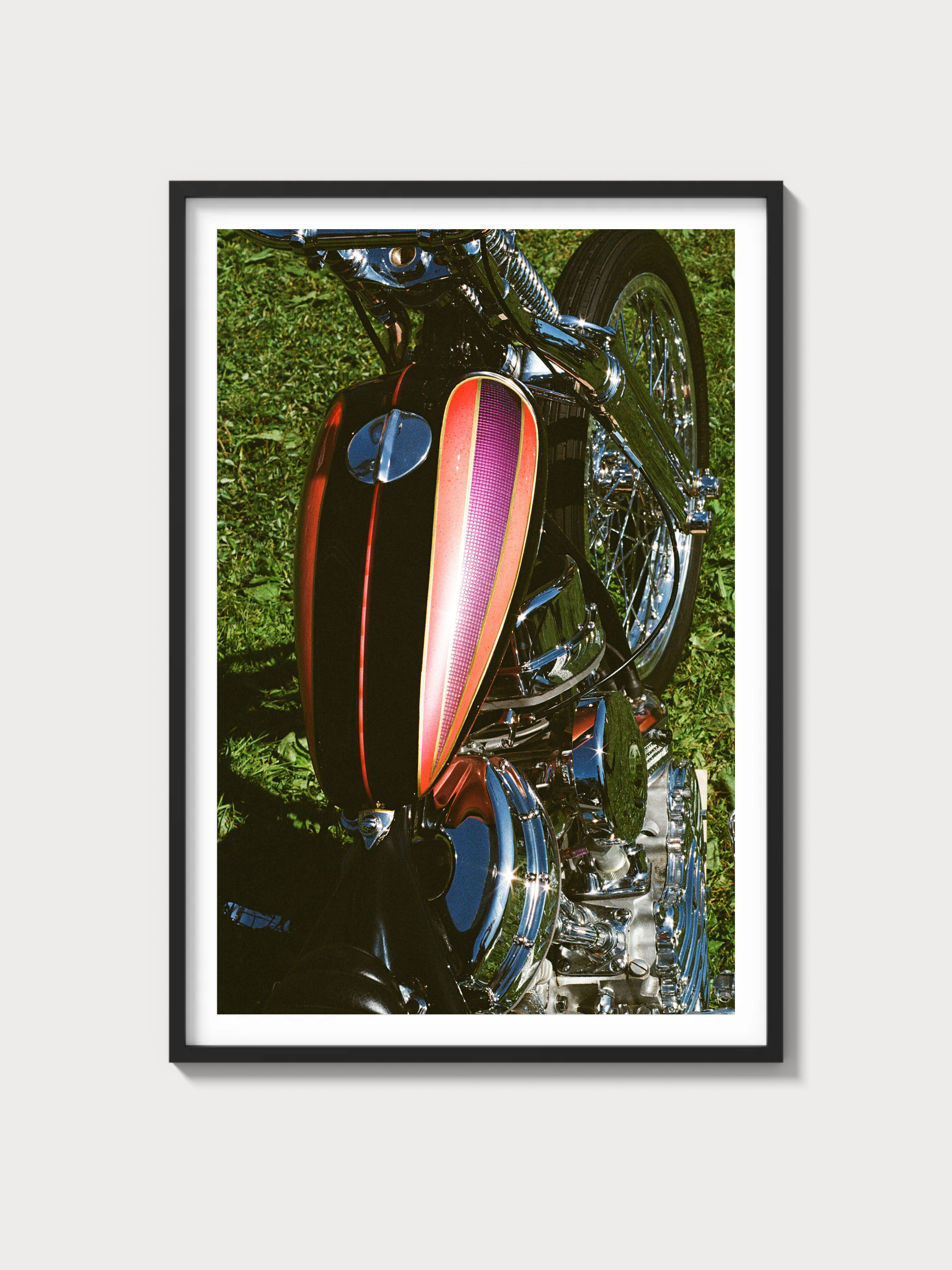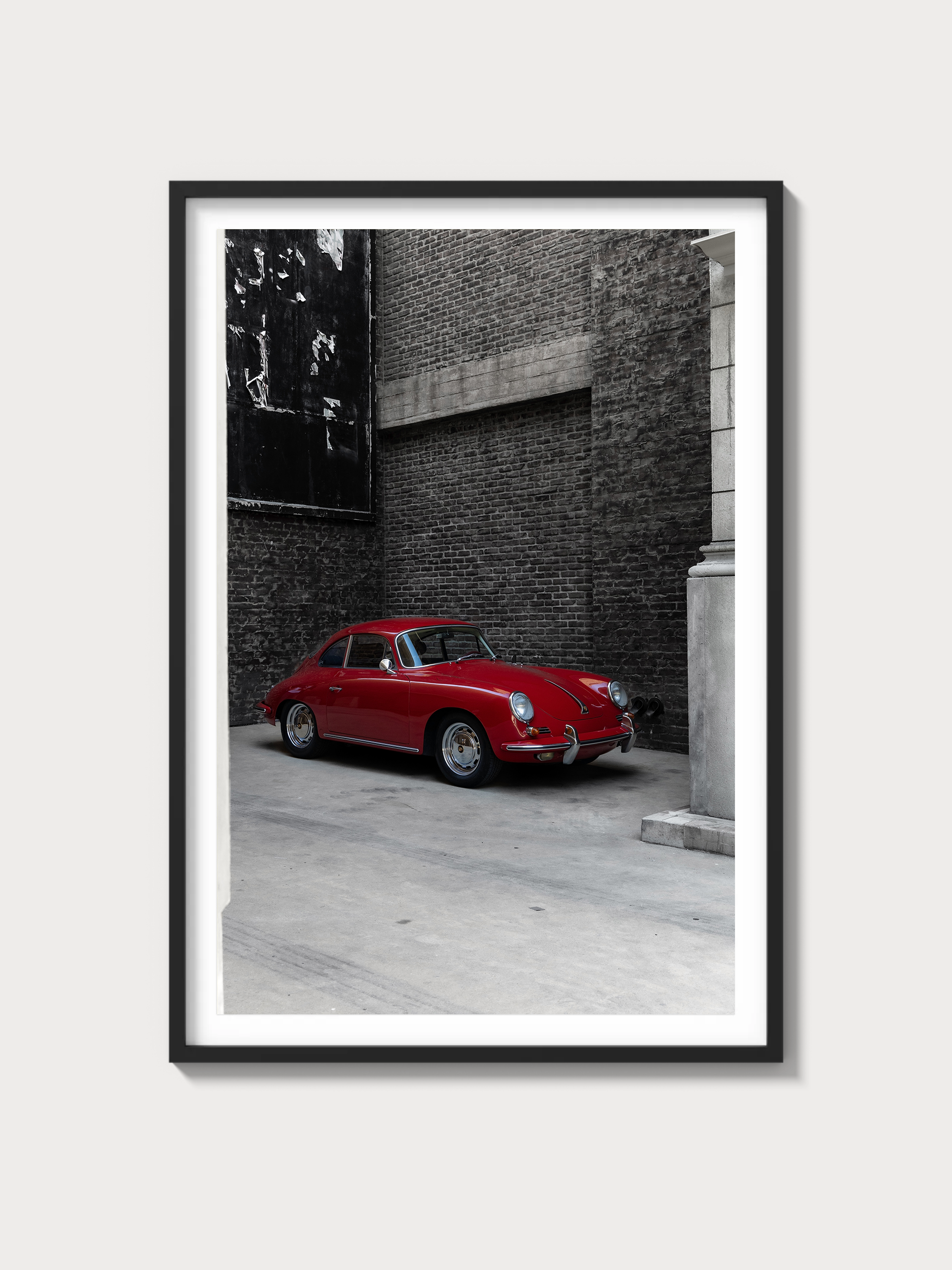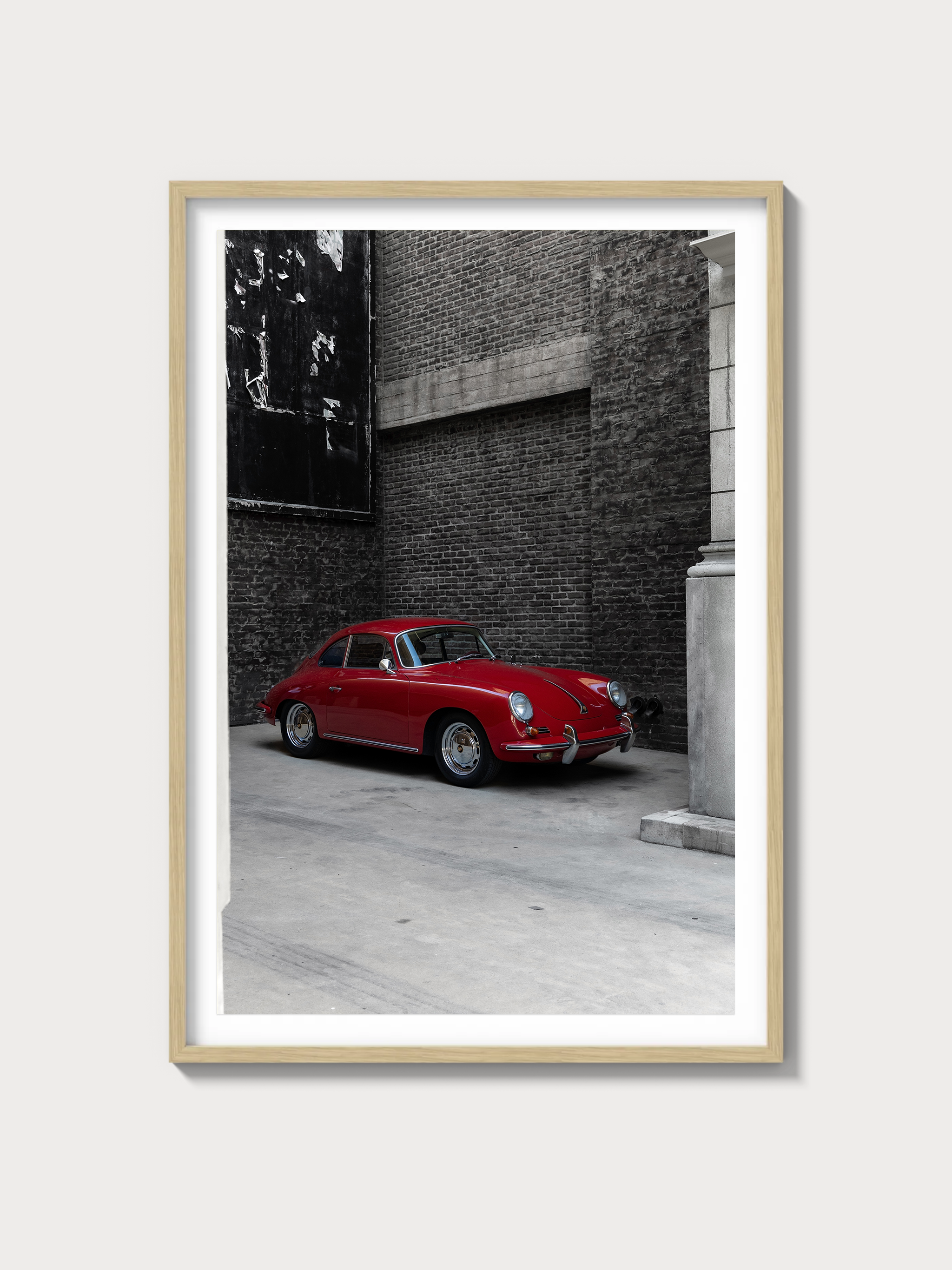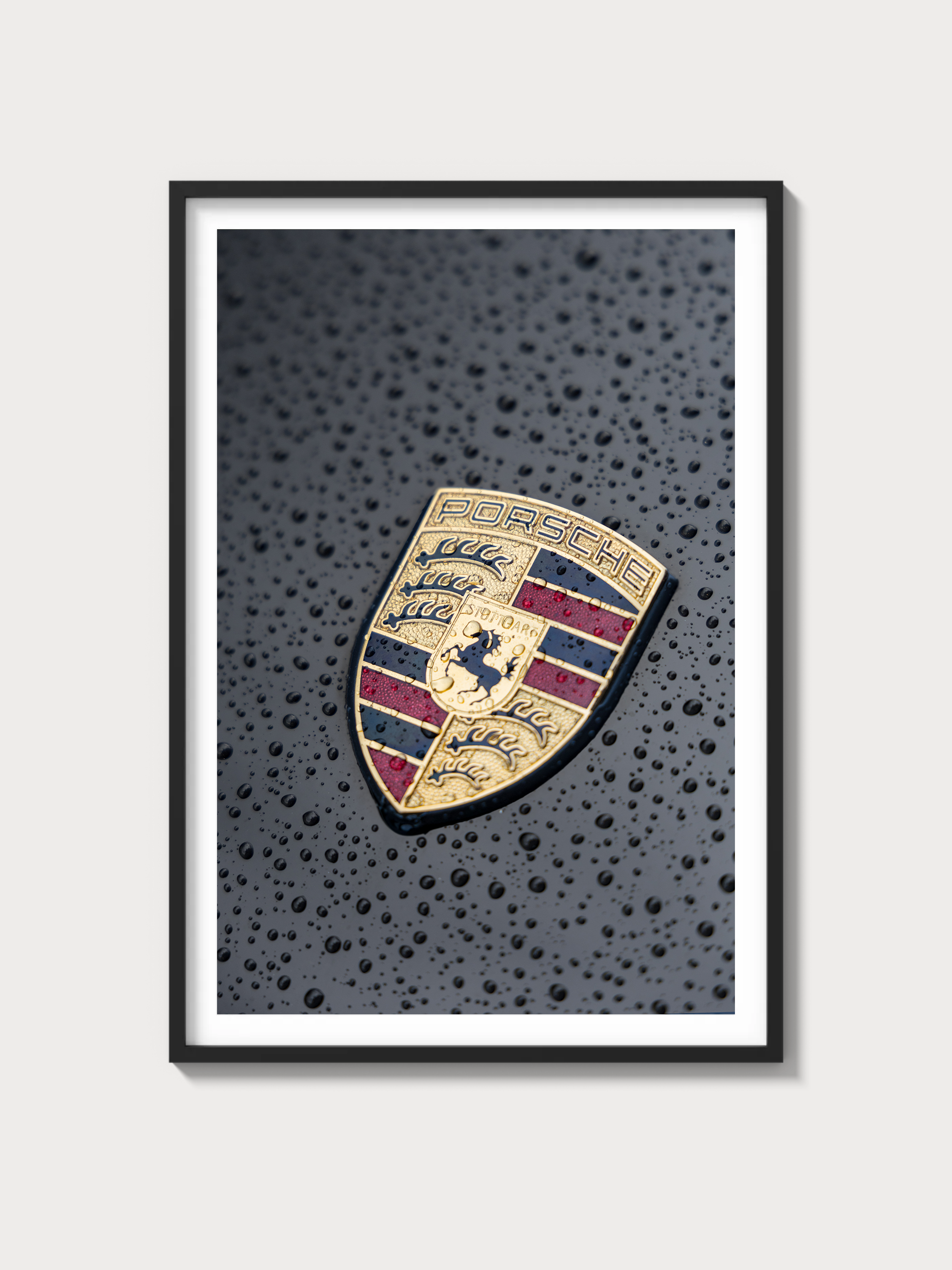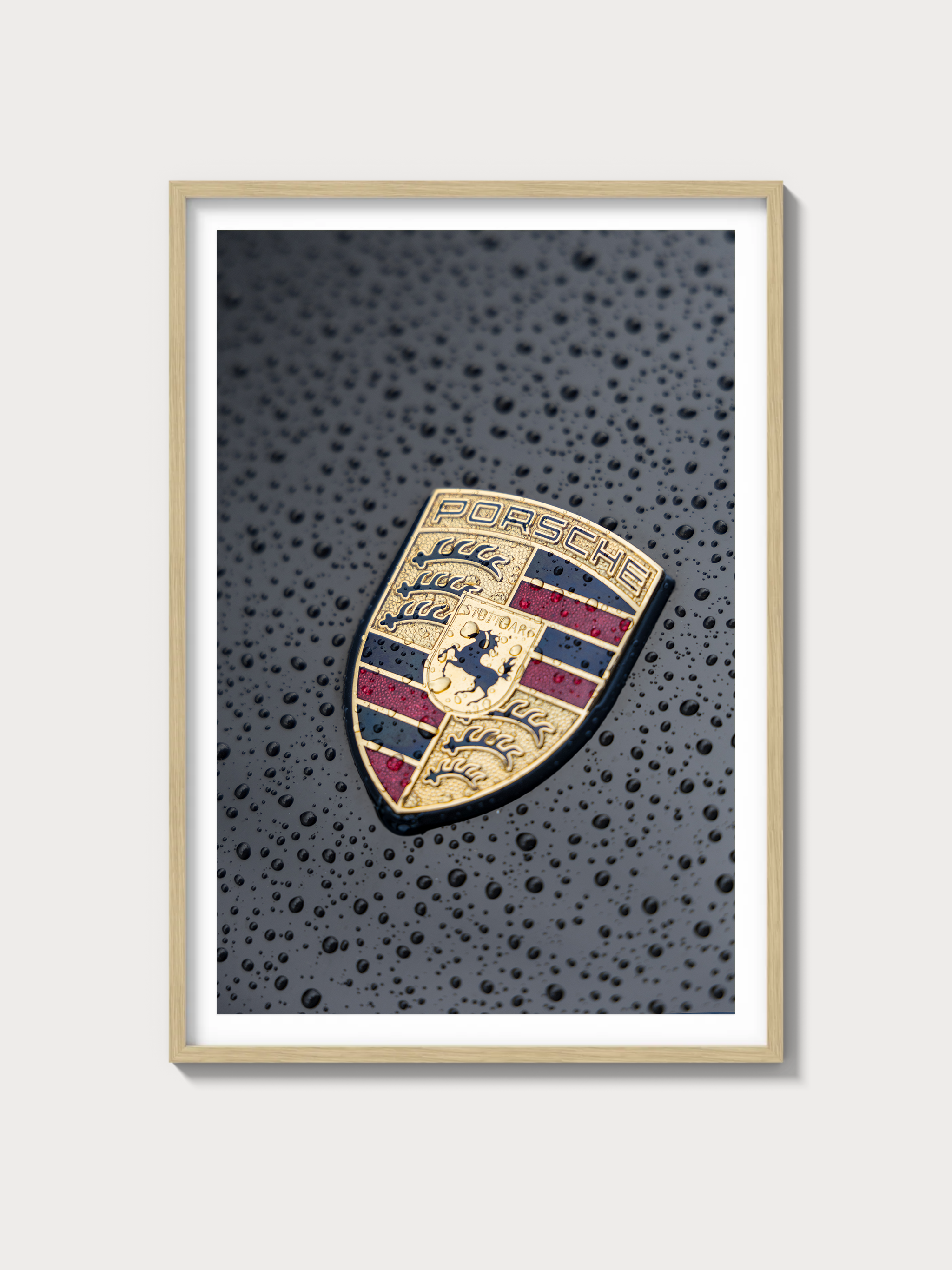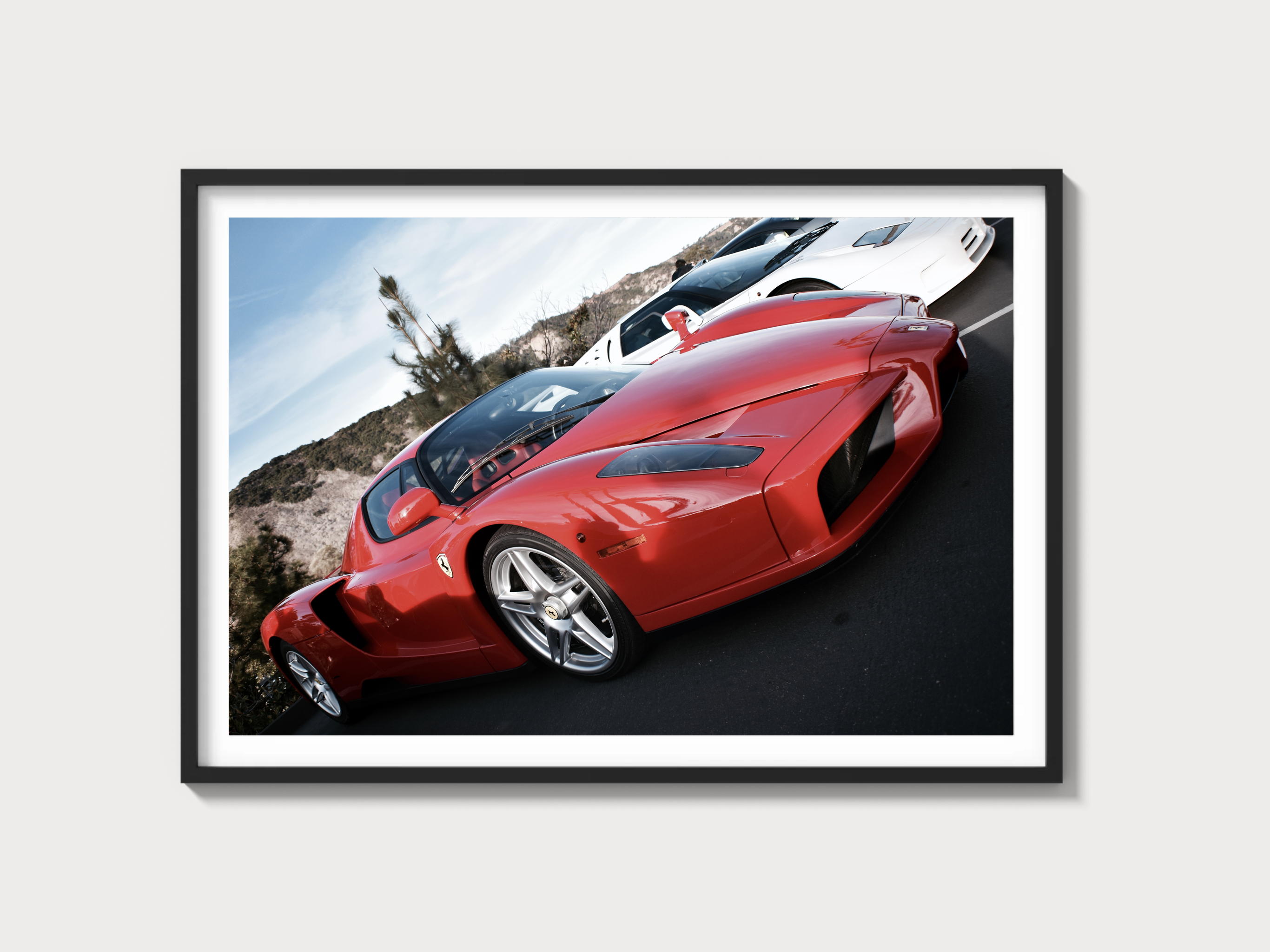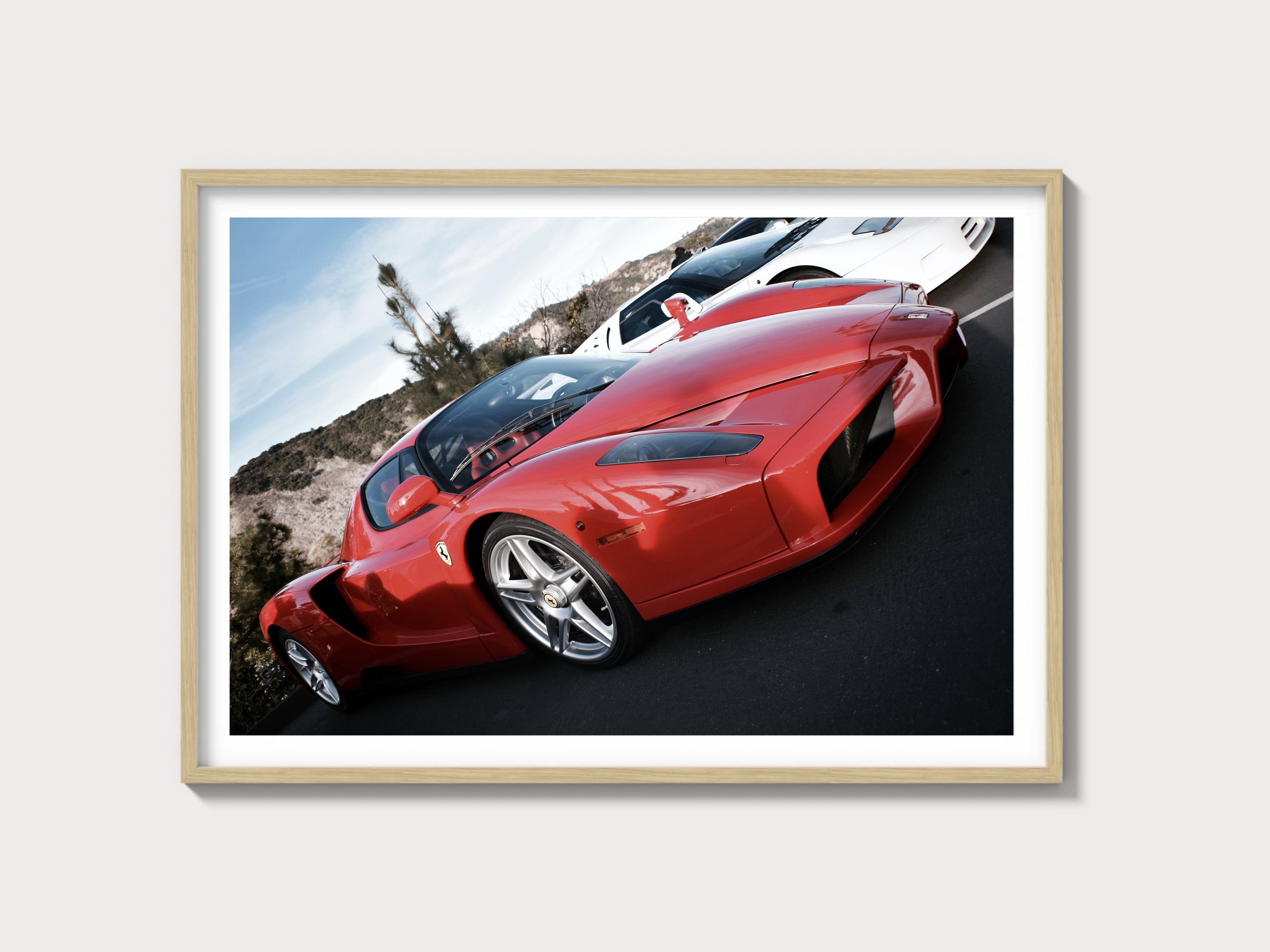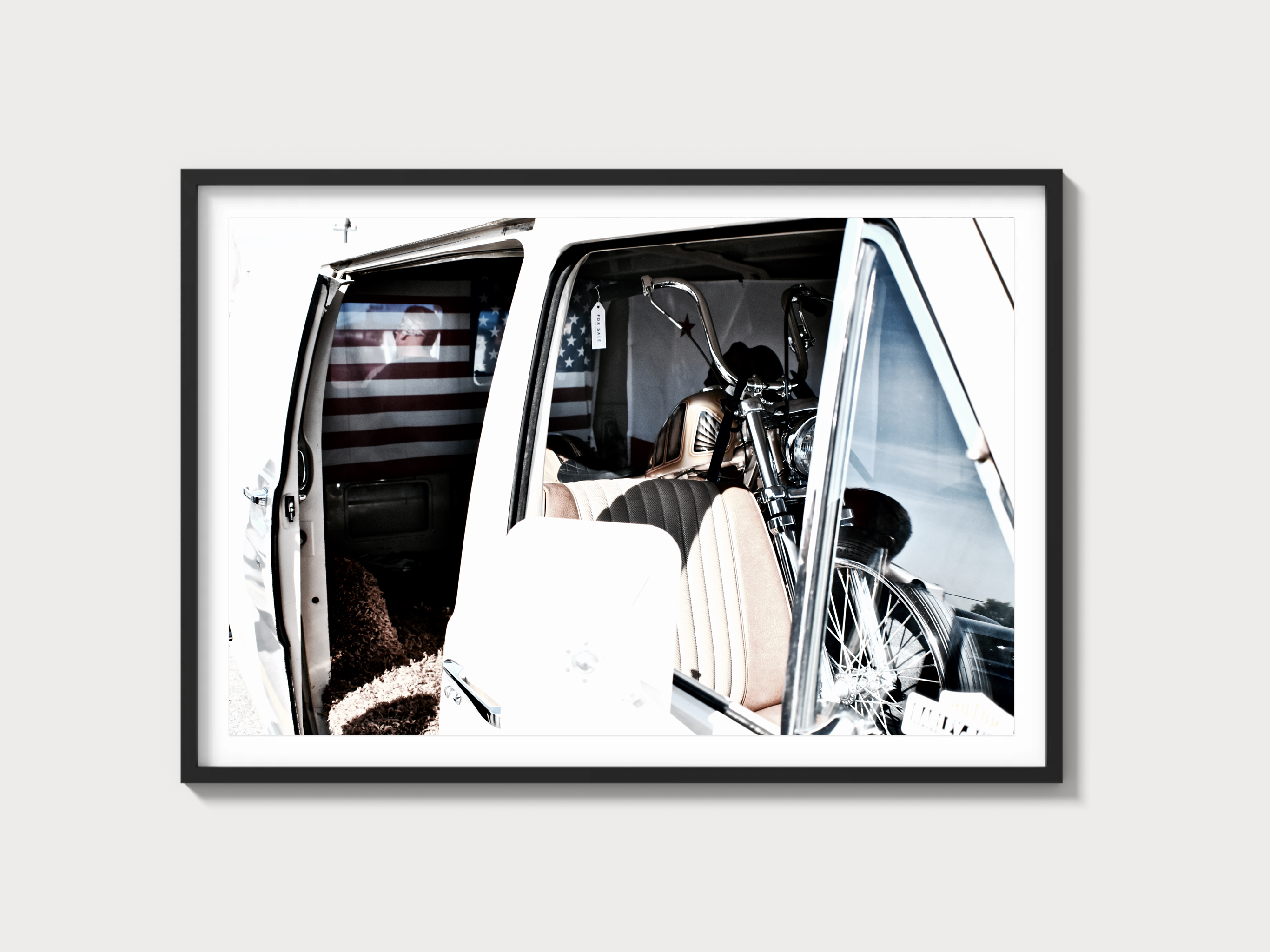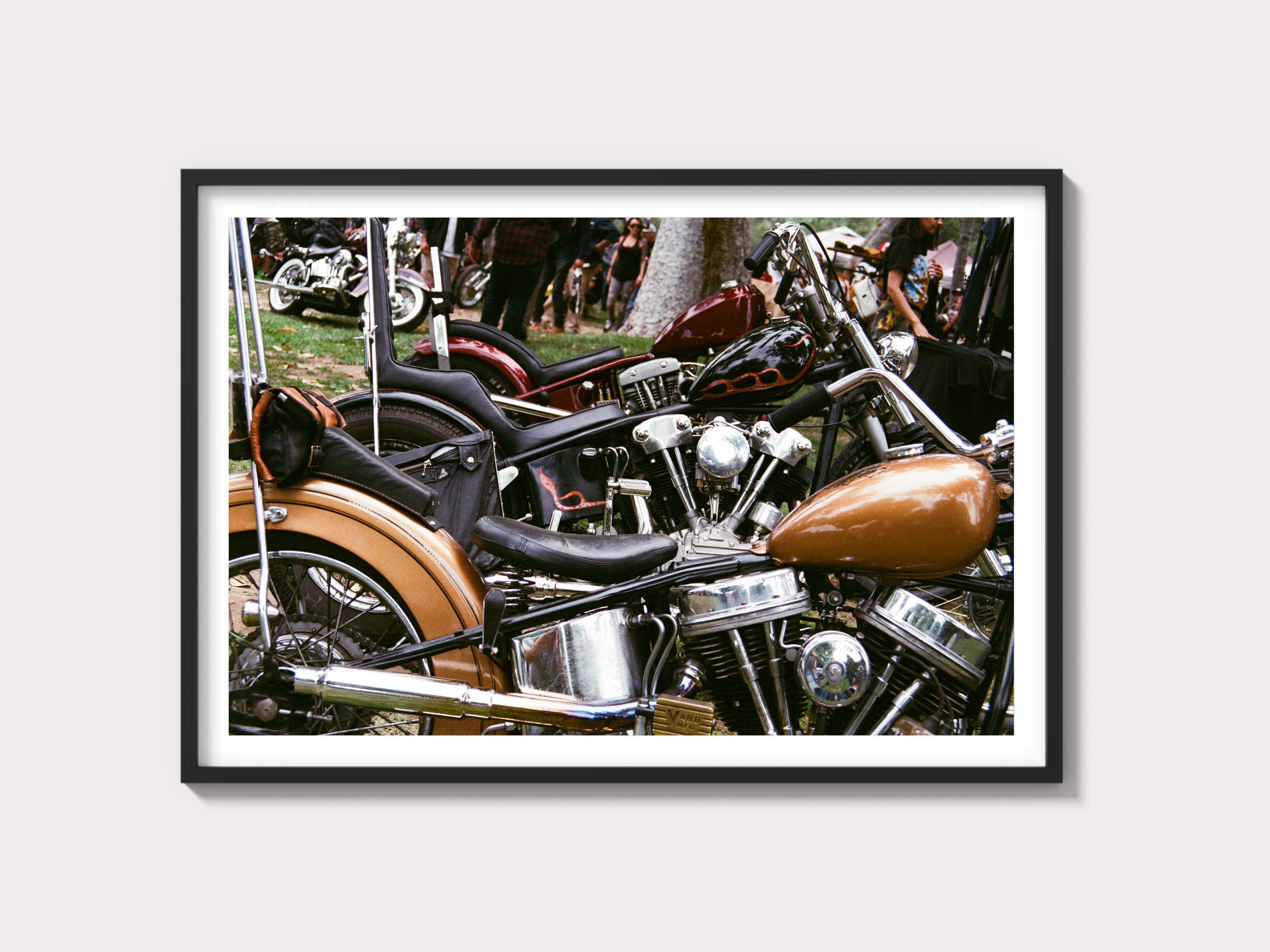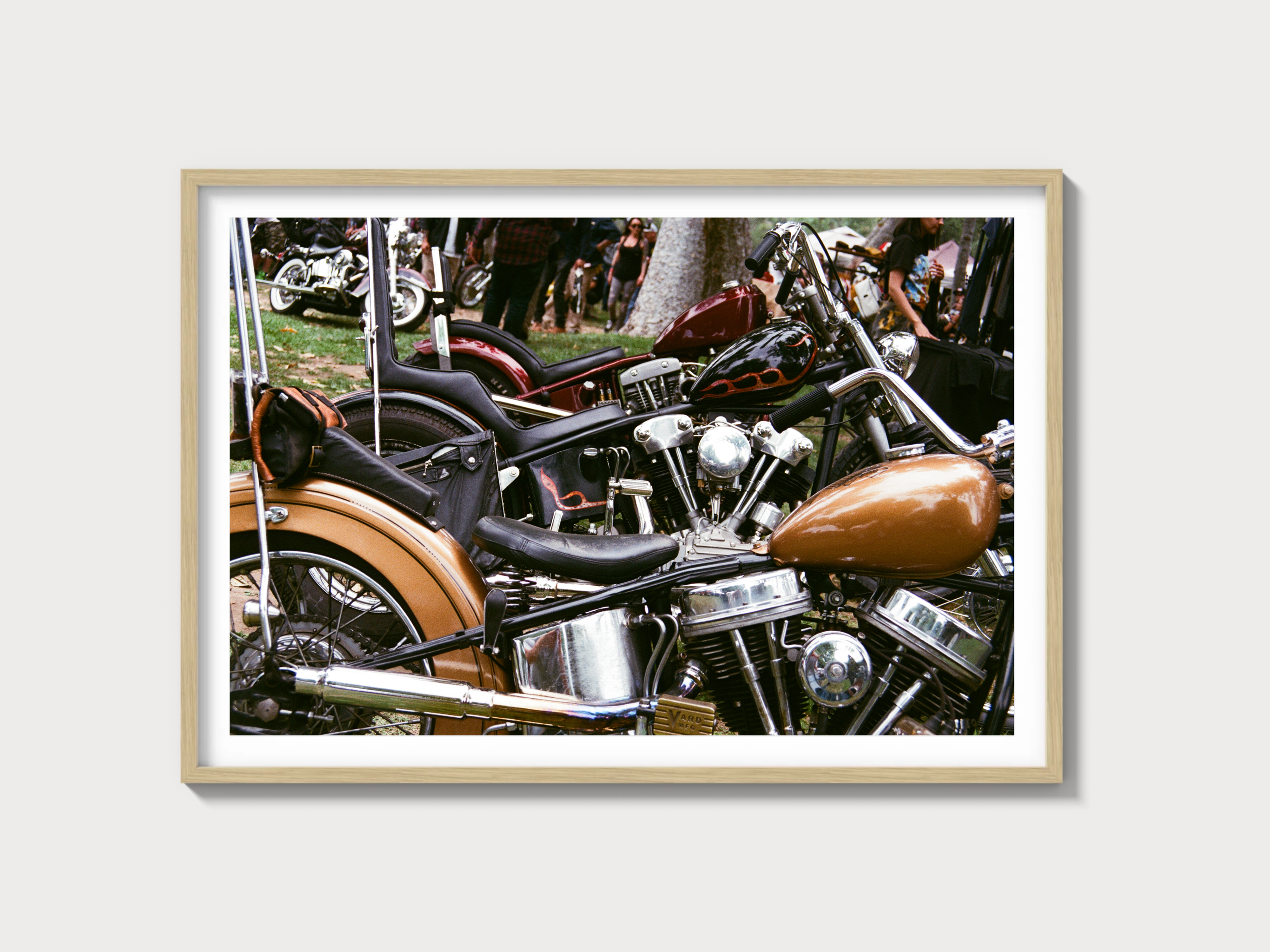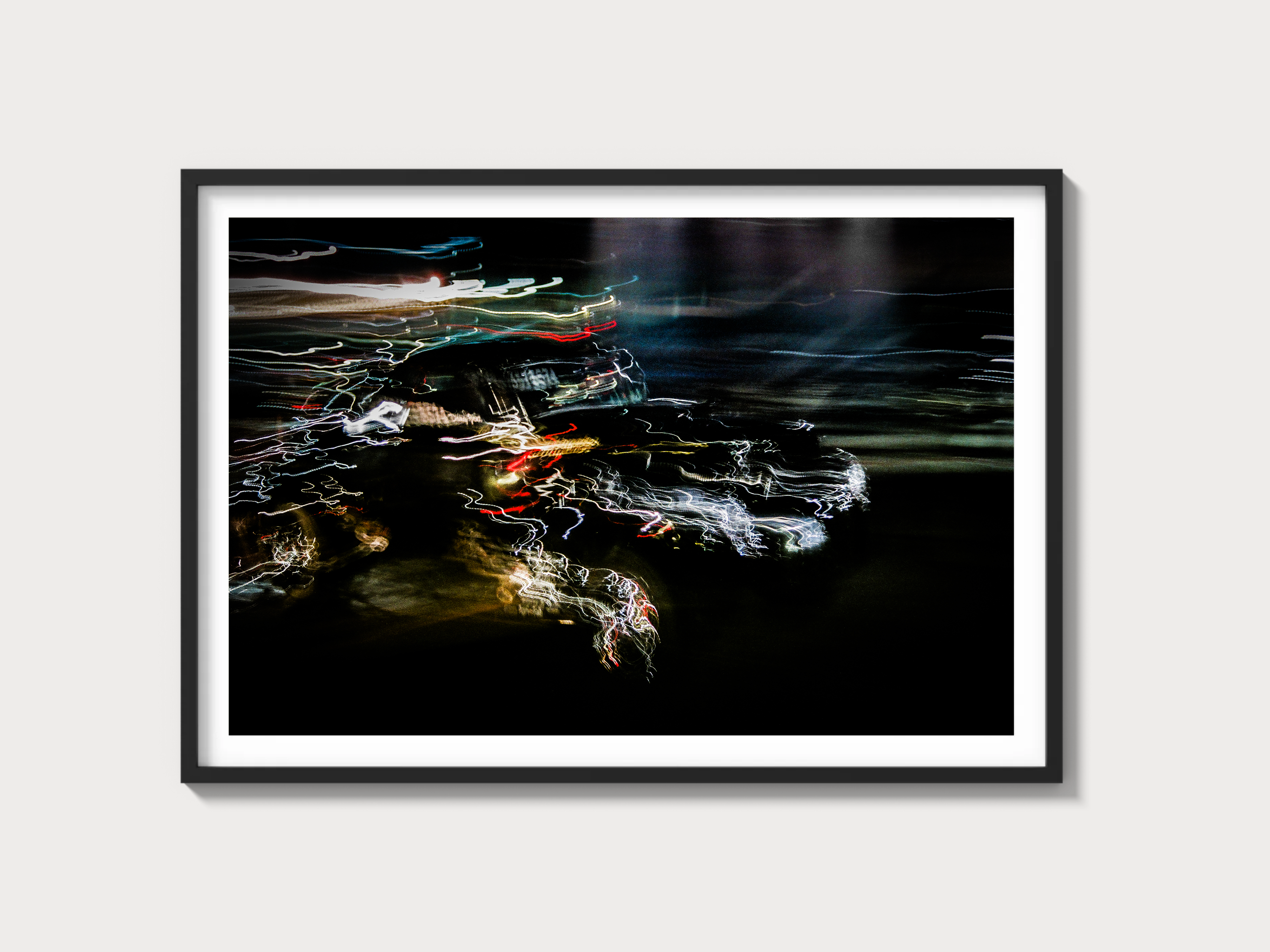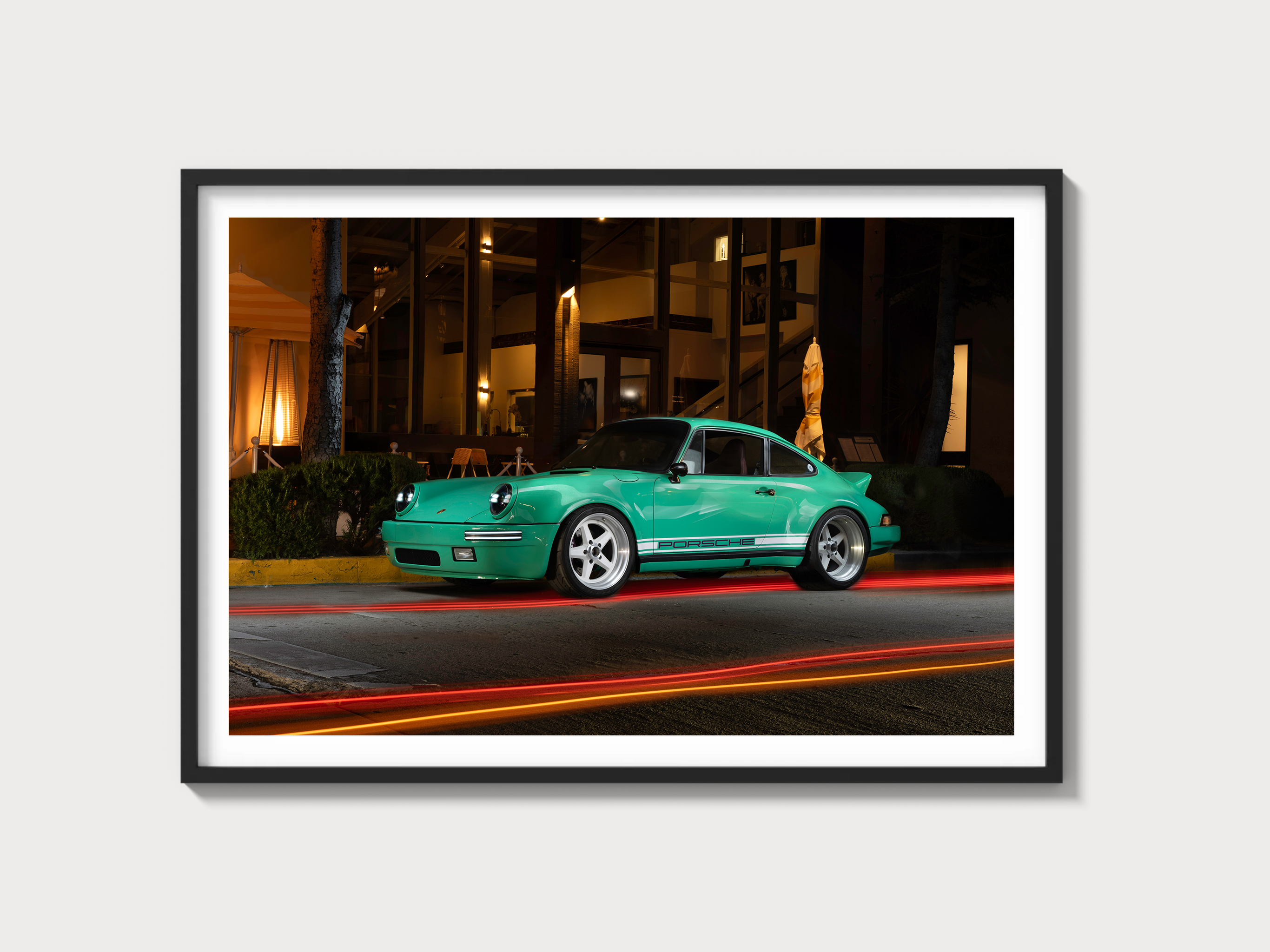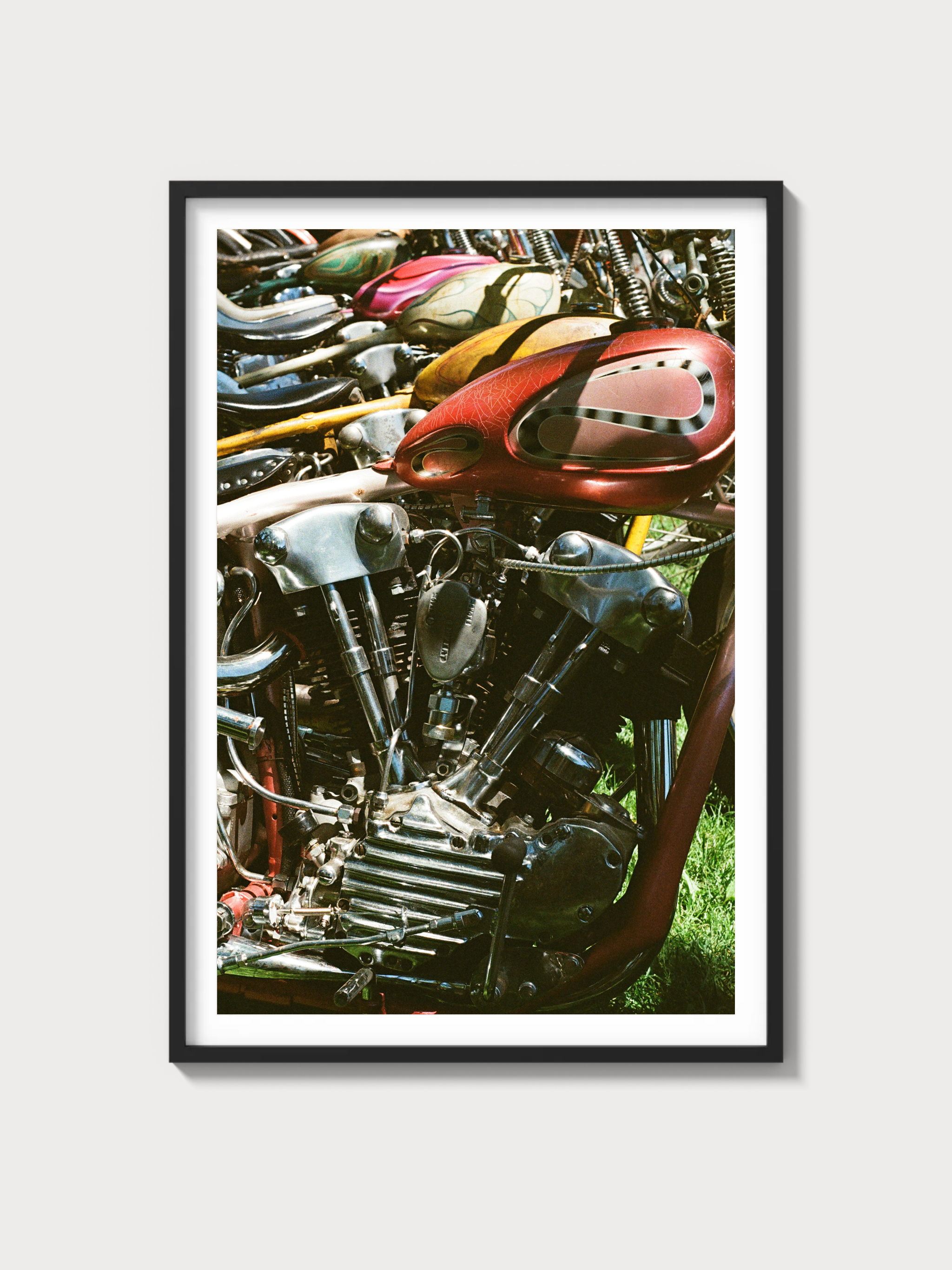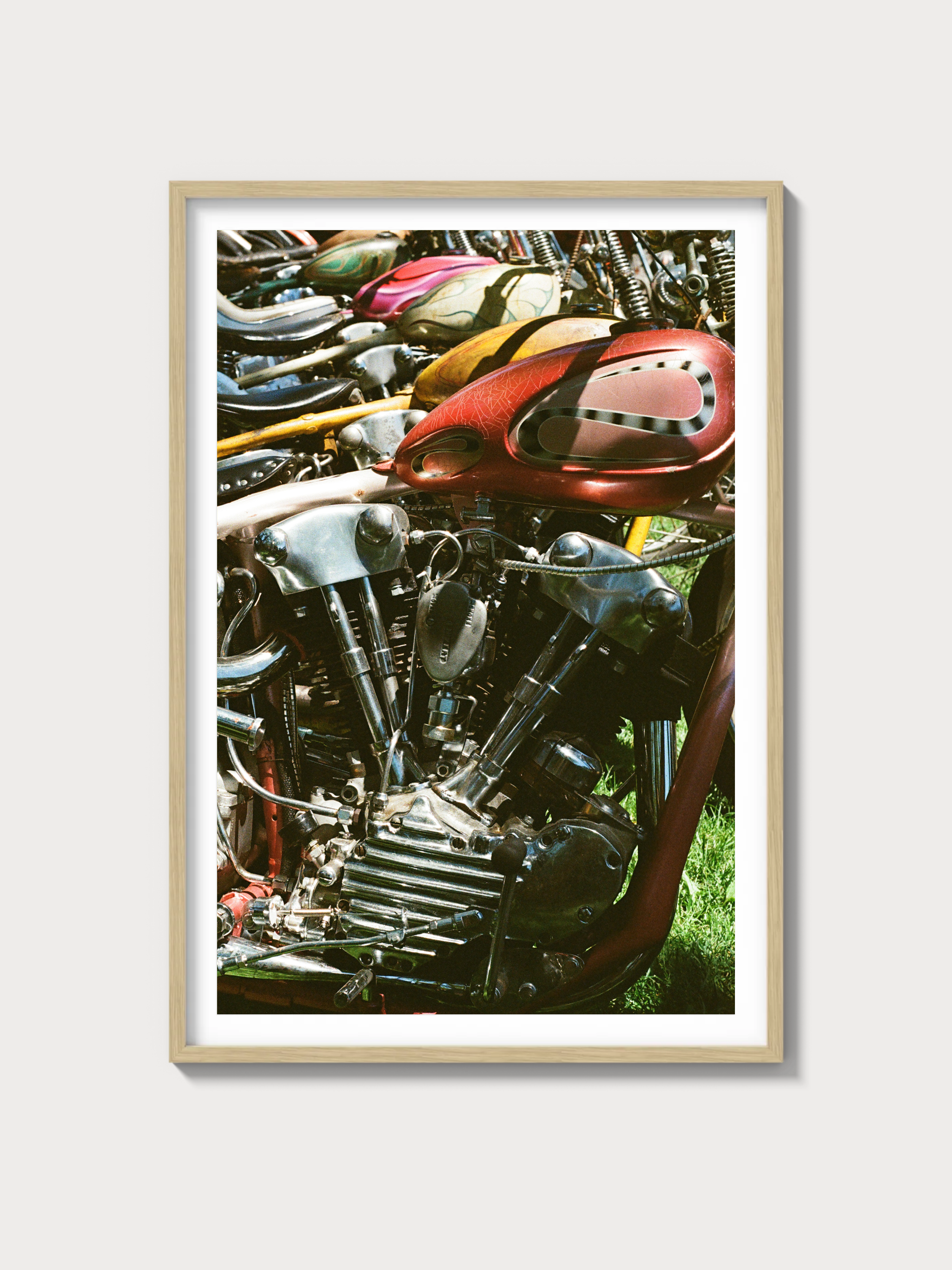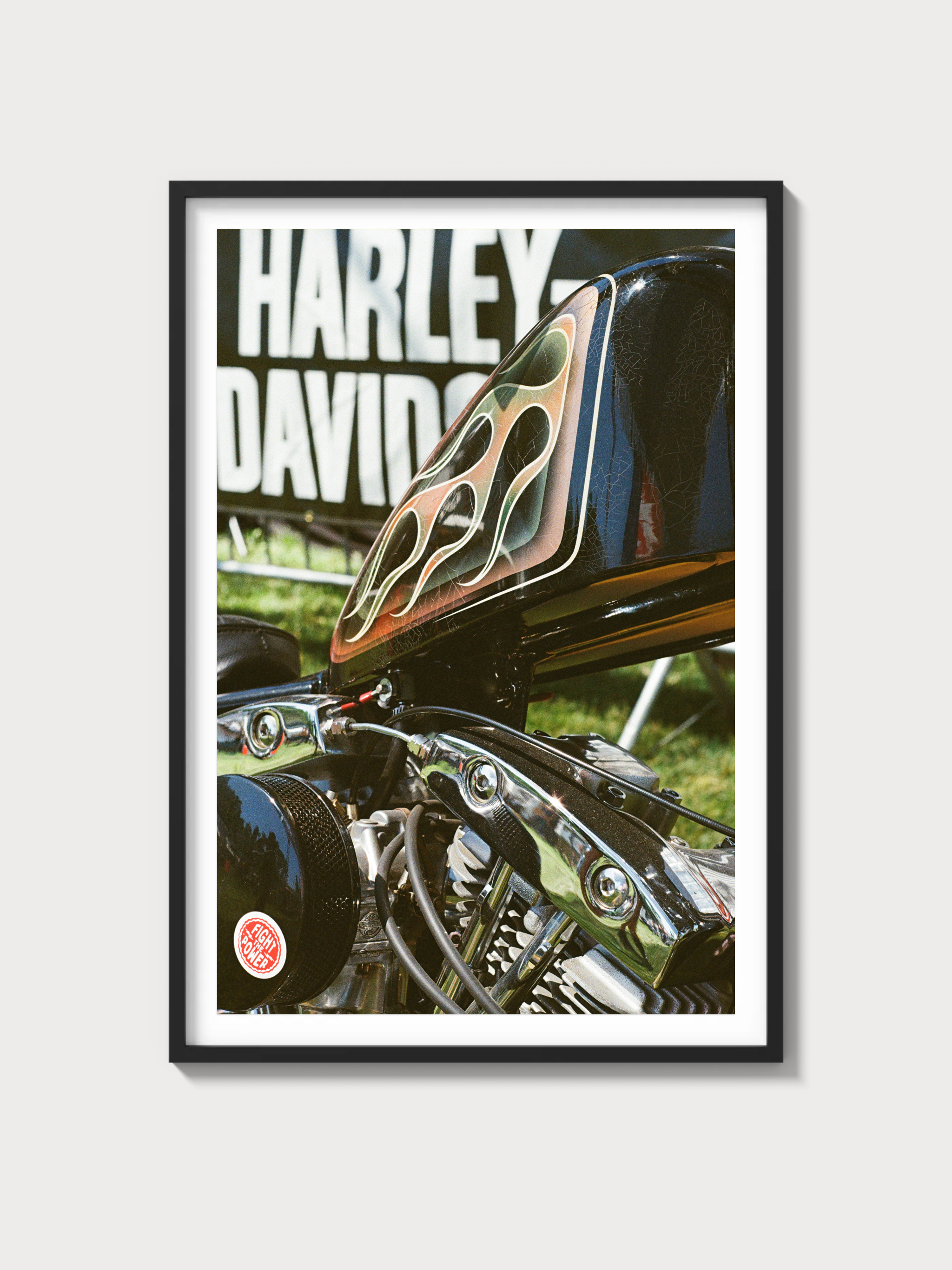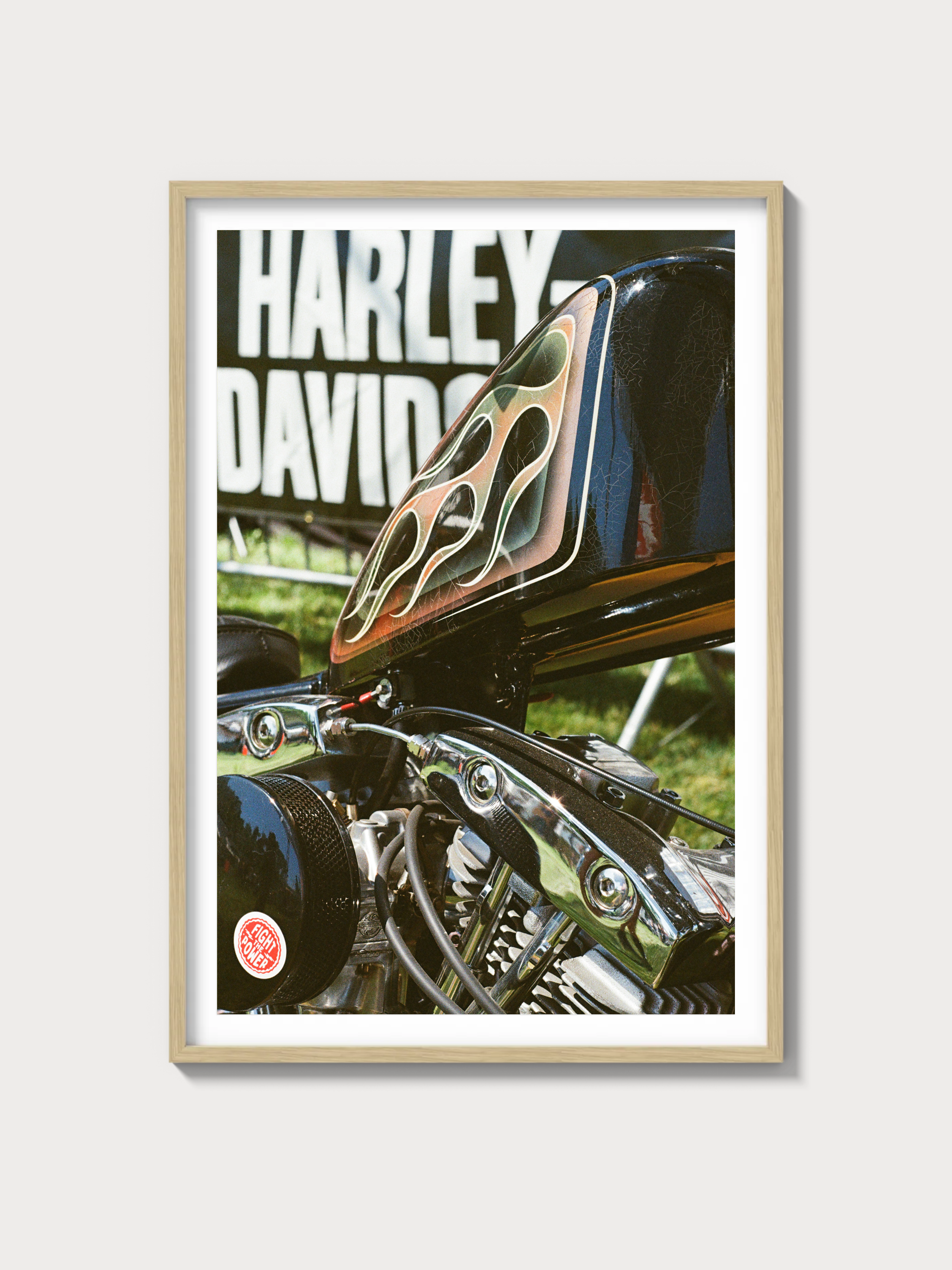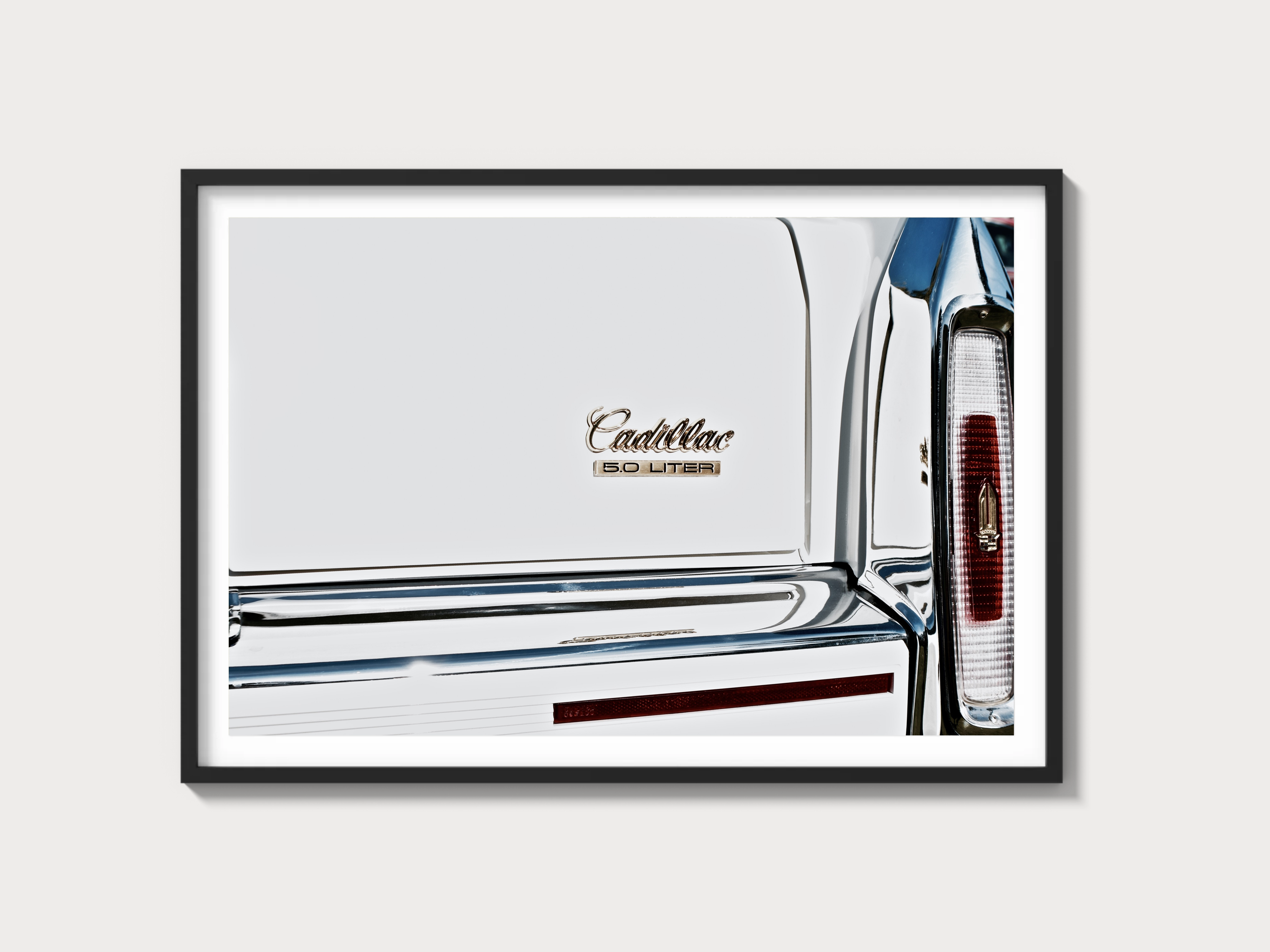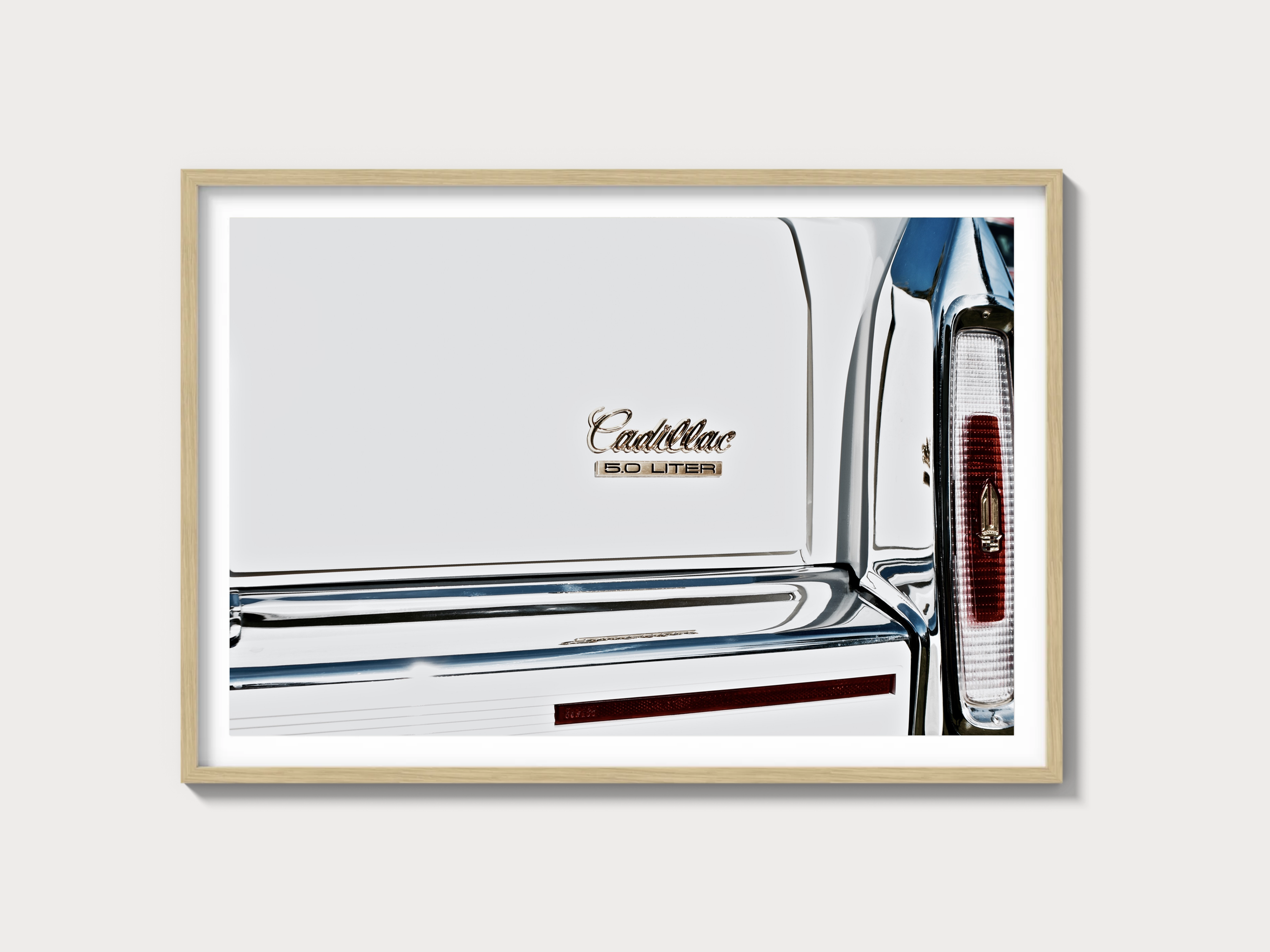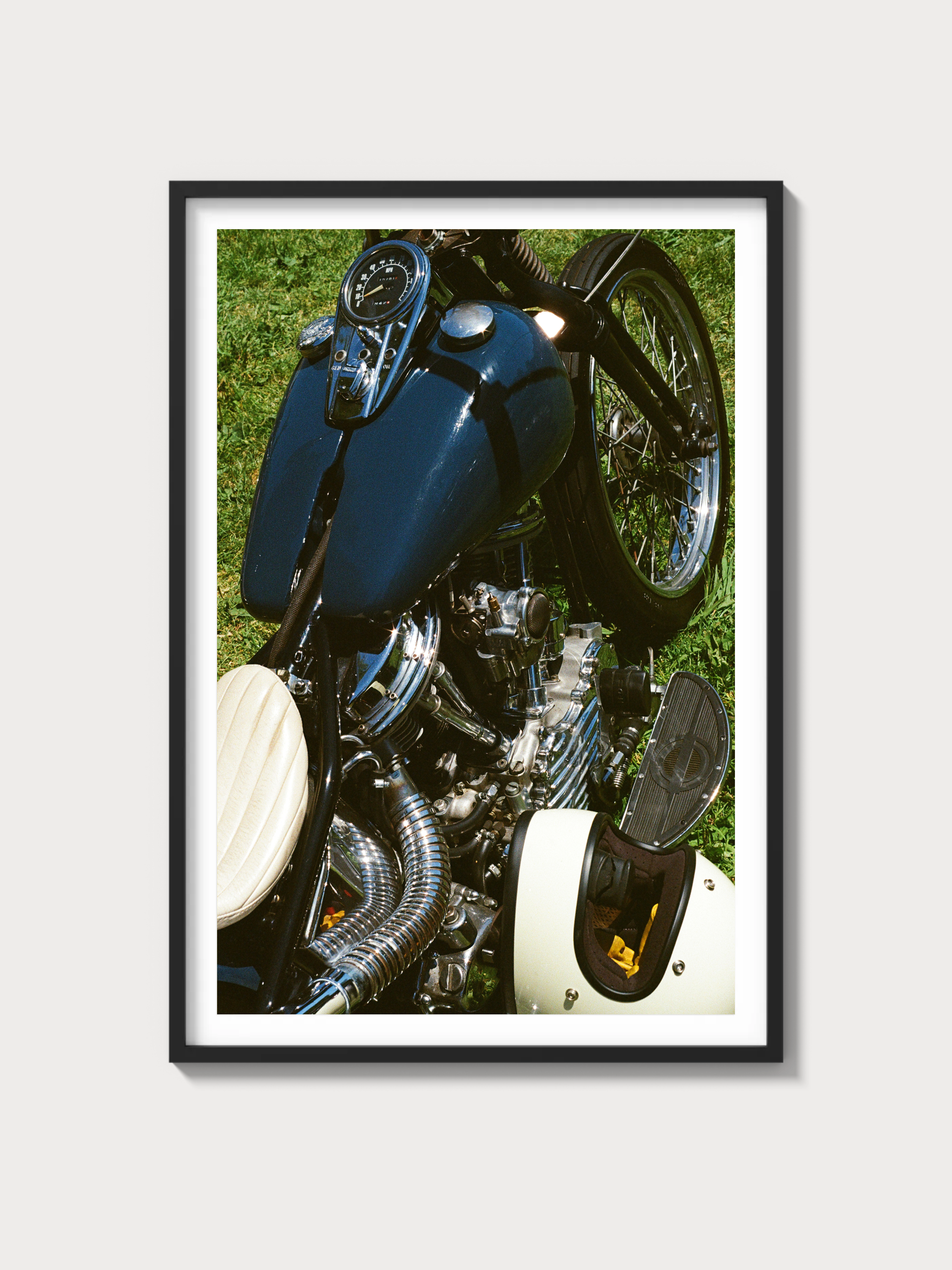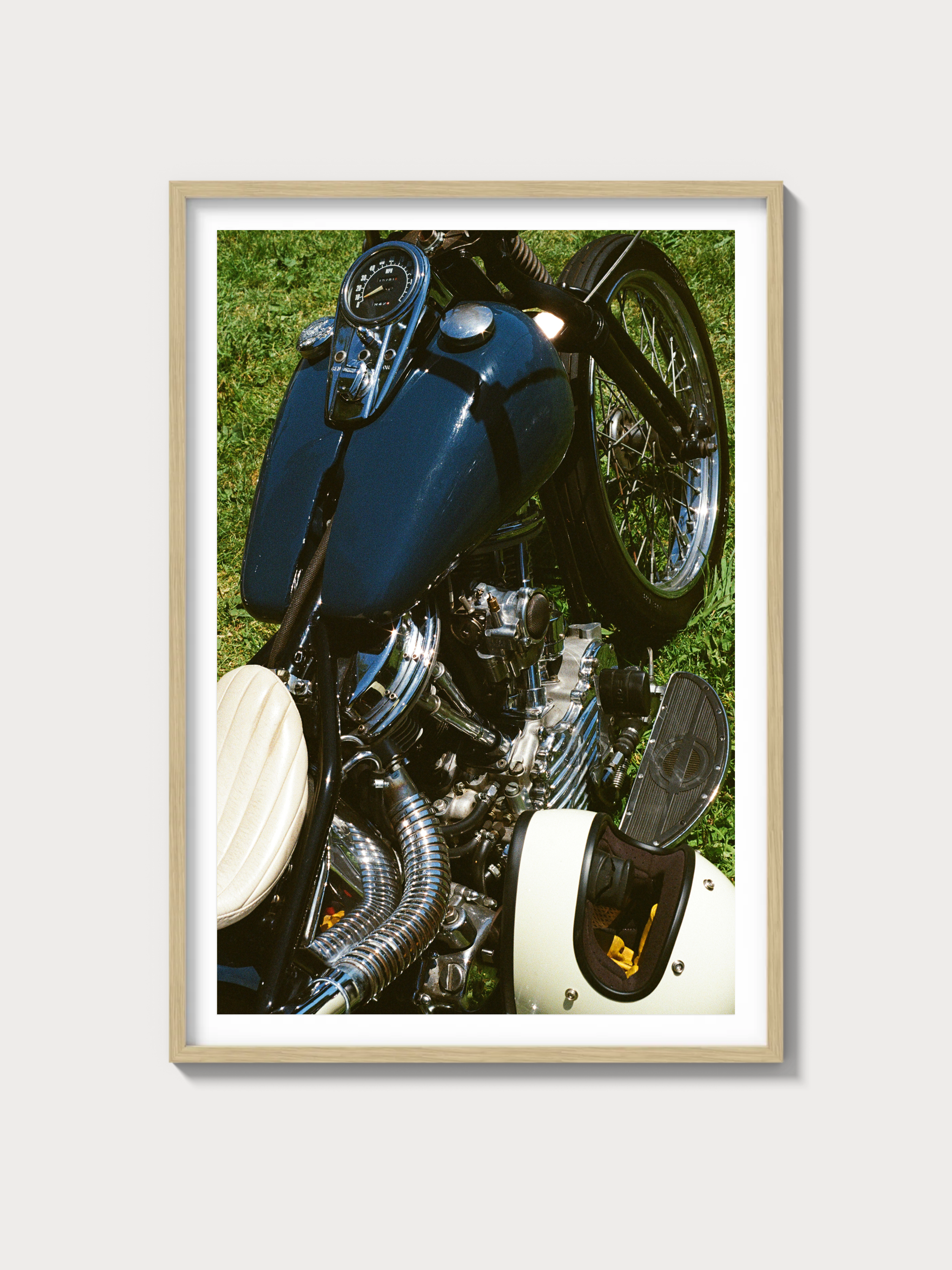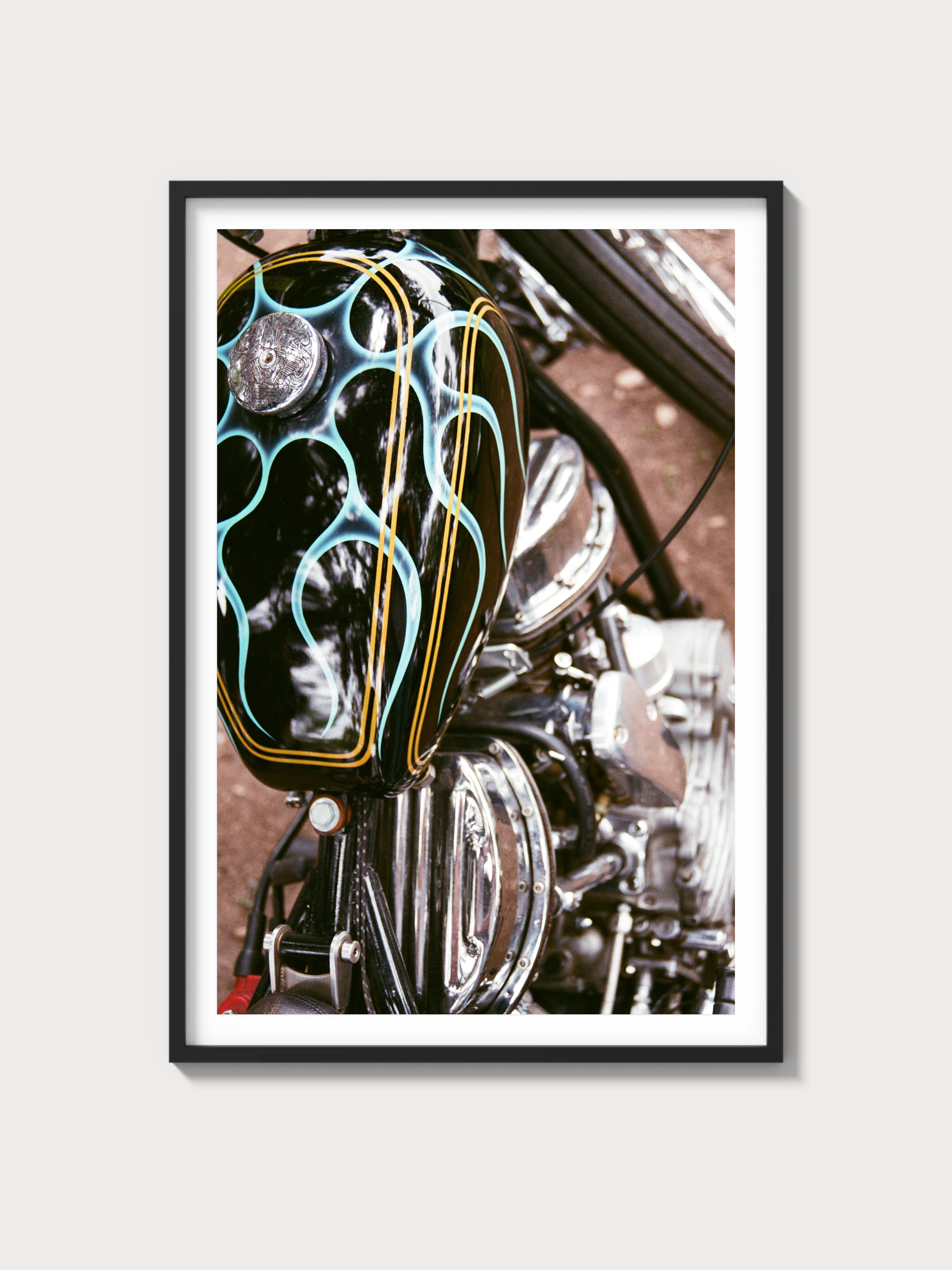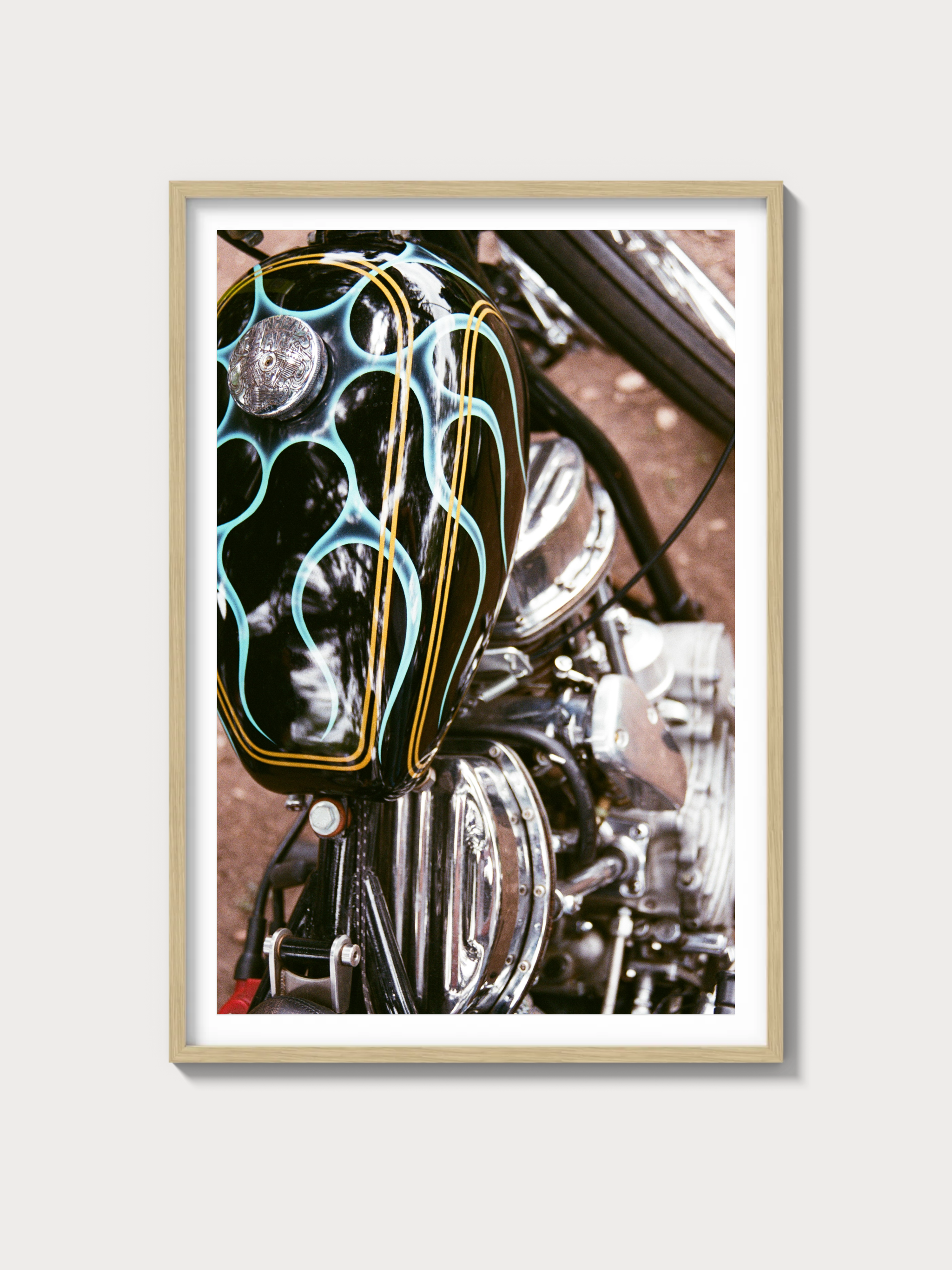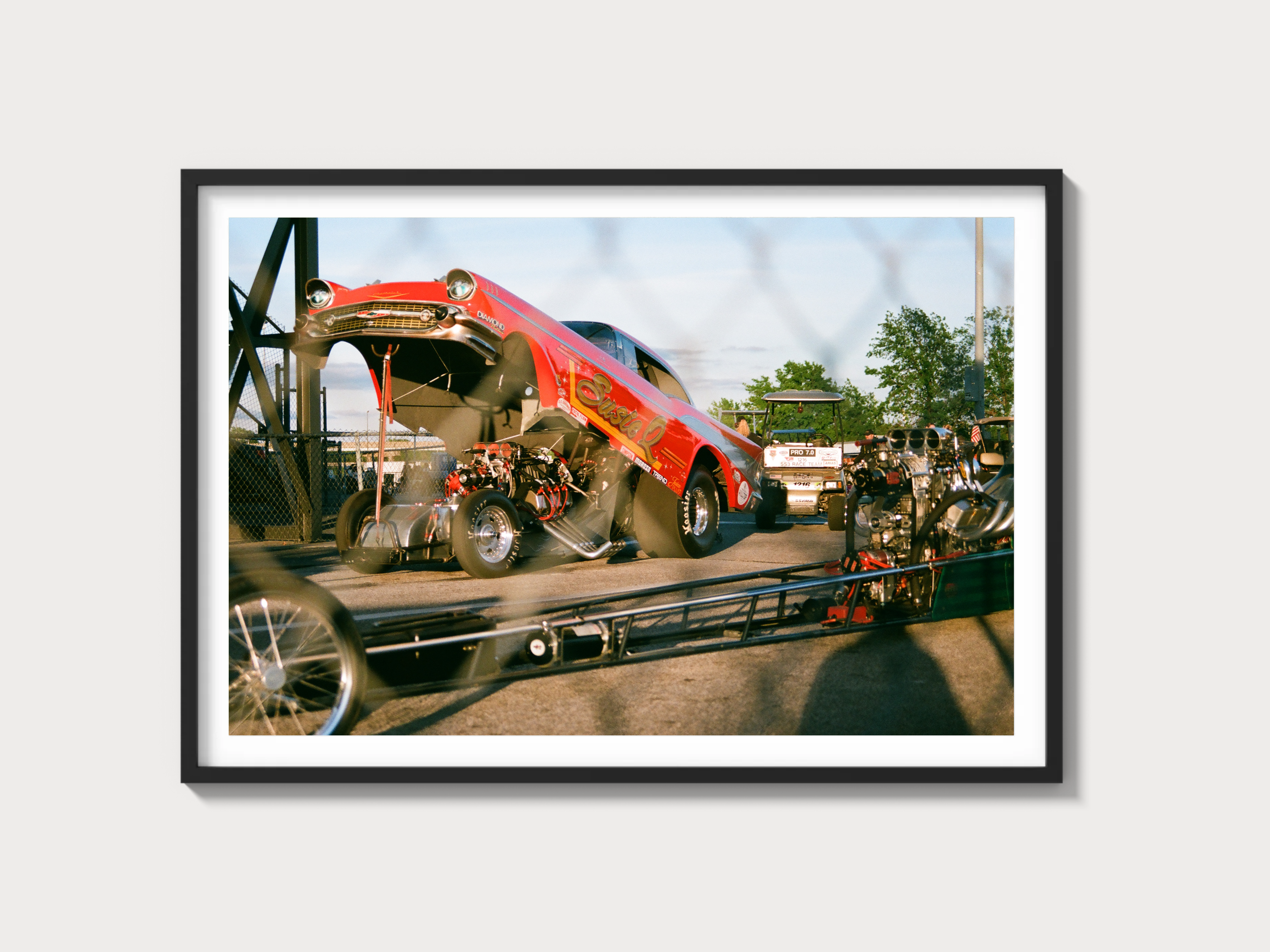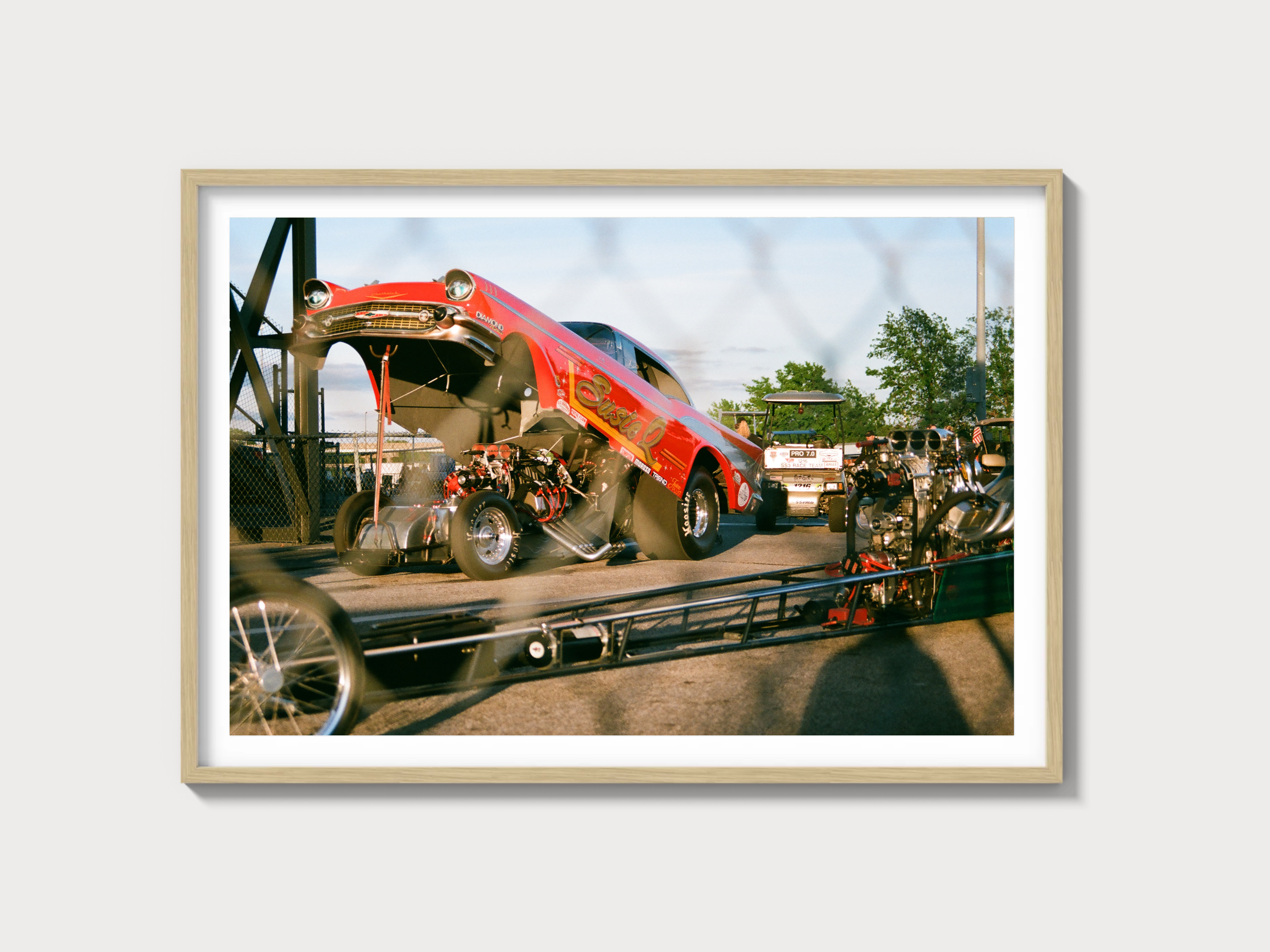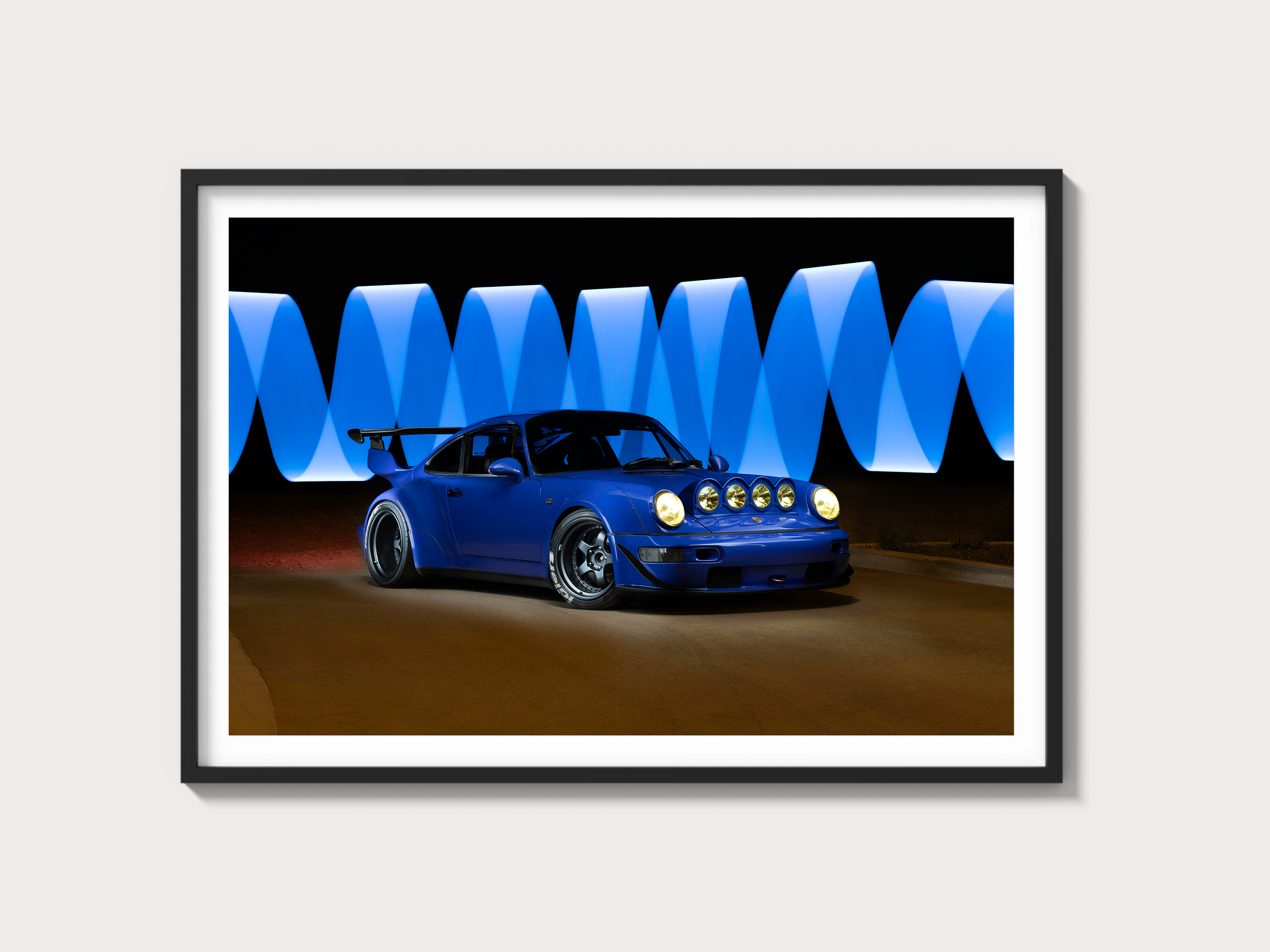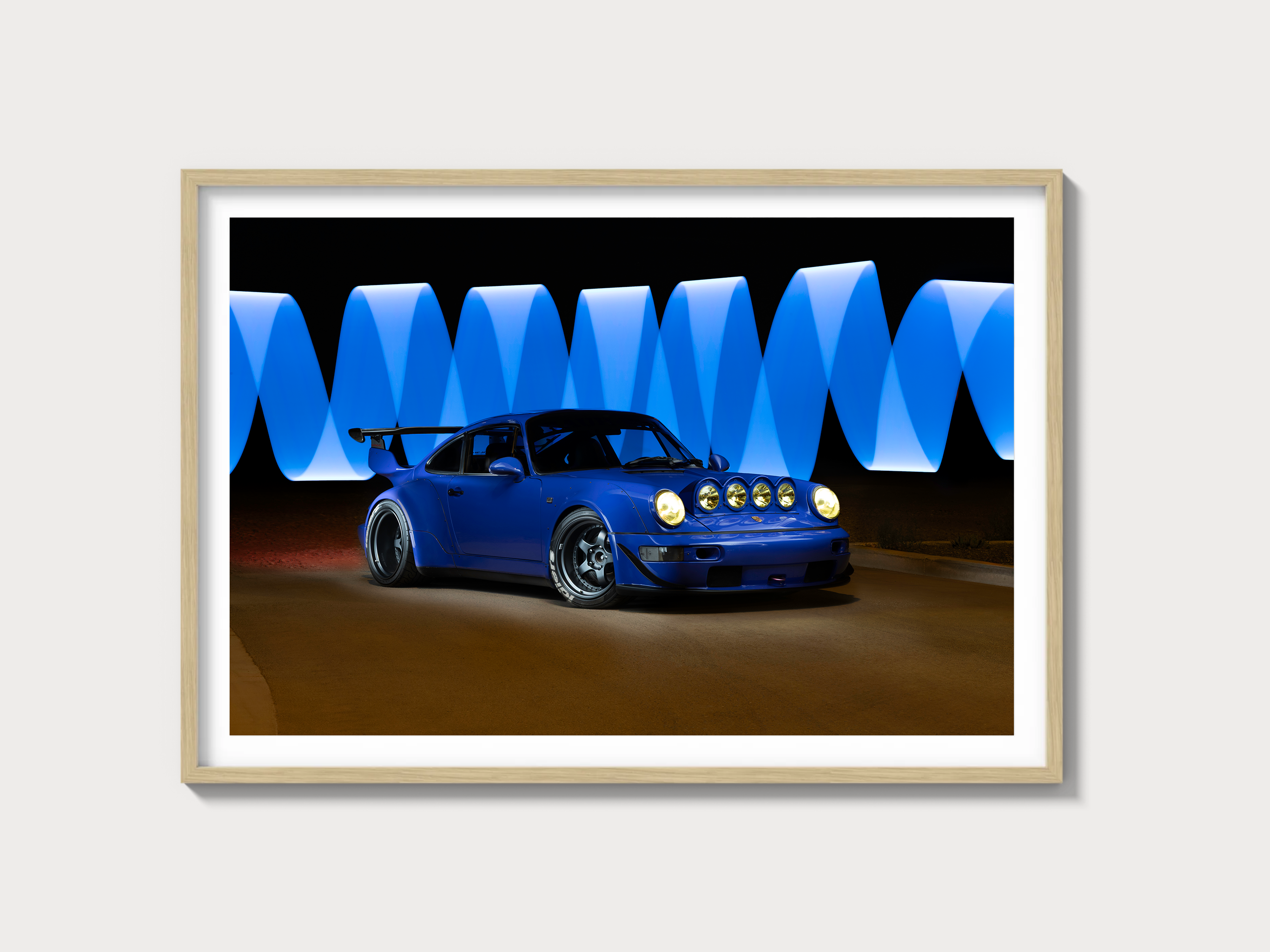The 1984–1990 Ford Bronco II Base: A Compact SUV Revolution
Historical Context and Development Background
The Ford Bronco II emerged in the 1980s as a response to the growing demand for compact SUVs. Designed during a period of significant automotive innovation, it was developed under Ford's strategic initiative to offer a versatile off-roader that was smaller and more fuel-efficient than its full-sized predecessor, the Bronco. The Bronco II was positioned against competitors such as the Chevrolet S-10 Blazer and the Jeep Cherokee XJ, capturing a unique segment of the market that prioritized both urban utility and off-road prowess.
Engine and Technical Specifications
| Specification | Detail |
|---|---|
| Engine Configuration | V6 |
| Displacement | 2.8L |
| Horsepower | 115 hp |
| Induction Type | Natural Aspiration |
| Redline | 5,000 RPM |
| Fuel System | Carbureted |
| Compression | 9.2:1 |
| Bore/Stroke | 93mm x 68mm |
Driving Experience and Handling Dynamics
The Bronco II's driving experience is characterized by its rugged yet manageable road presence. The SUV features a firm suspension setup, optimized for off-road excursions while maintaining on-road comfort. The driving dynamics are complemented by a 5-speed manual gearbox, offering precise control and engagement. Despite its compact size, the Bronco II delivers a commanding throttle response, making it a favourite among enthusiasts who appreciate its dual-purpose nature.
Full Performance Specifications
| Performance Metric | Detail |
|---|---|
| 0-60 mph | 13.5 seconds |
| Top Speed | 90 mph |
| Quarter-mile | 19.5 seconds |
| Weight | 3500 lbs |
| Layout | Front-engine, rear-wheel-drive / four-wheel-drive |
| Brakes | Disc/Drum |
| Suspension | Twin I-Beam (front), Leaf spring (rear) |
| Gearbox Type | 5-speed manual / 3-speed automatic |
Variant Breakdown
- Base Model: Standard features with basic interior and exterior trims.
- XLT: Added comfort features, chrome accents, and upgraded interior materials.
- Eddie Bauer Edition: Exclusive styling elements, two-tone paint, and premium upholstery.
Ownership Notes
For collectors and restorers, the Bronco II presents a relatively straightforward restoration process, thanks to its mechanical simplicity and the availability of aftermarket parts. Regular maintenance is crucial, particularly regarding the cooling system and transmission, known for requiring attention at higher mileages. Service intervals should be strictly followed to ensure longevity.
Cultural Relevance
The Bronco II's presence in popular media and its role in the burgeoning SUV market of the 1980s have cemented its status as a cultural icon. It remains a desirable collectible, with auction prices steadily increasing for well-preserved models. Though it never achieved significant motorsport success, its legacy is preserved through enthusiast communities and its influence on Ford's later SUV designs.
FAQs
- Is the Ford Bronco II reliable? With regular maintenance, the Bronco II is considered reliable, though early models may present issues with the fuel system and transmission.
- What are the known problems of the Bronco II? Common issues include transmission wear, cooling system leaks, and rust on body panels.
- What is the value trend for the Ford Bronco II? Values have been rising, particularly for models in original condition or with the Eddie Bauer package.








